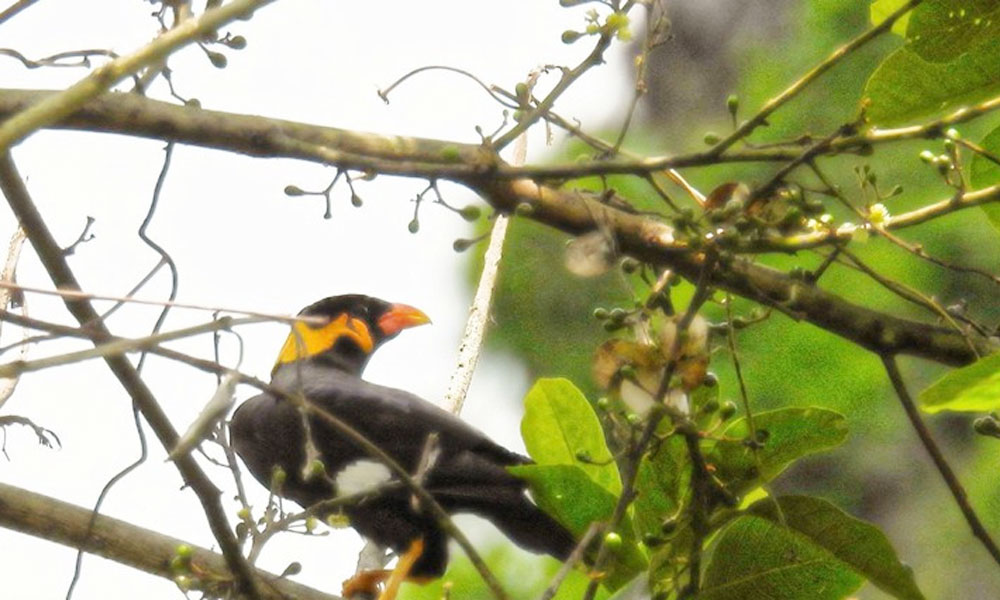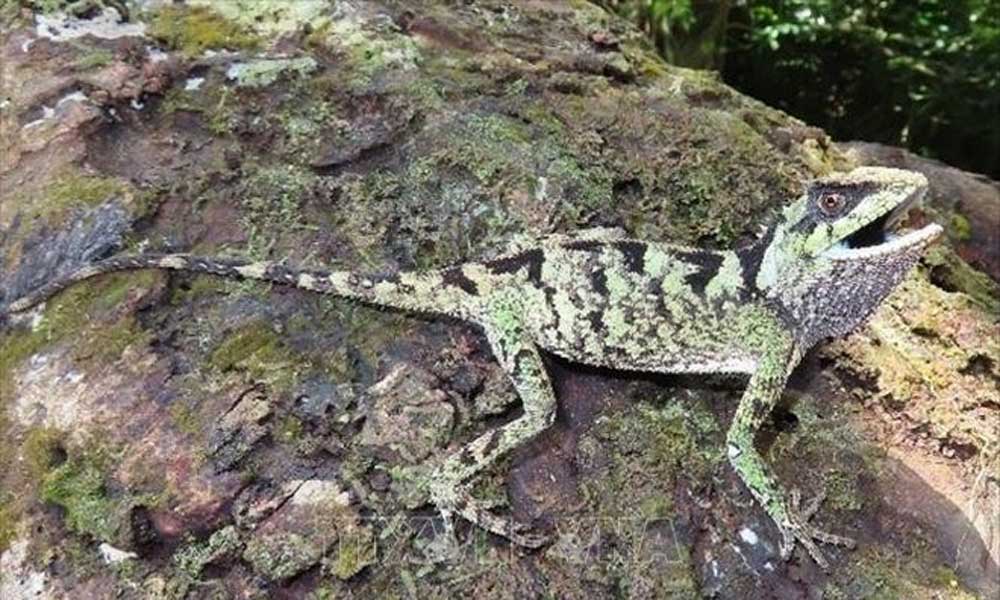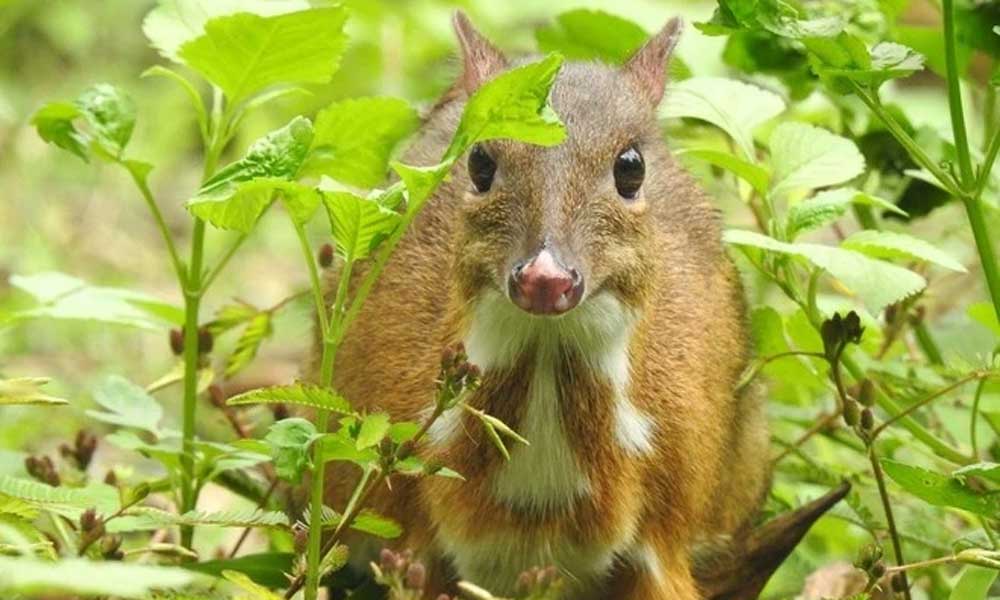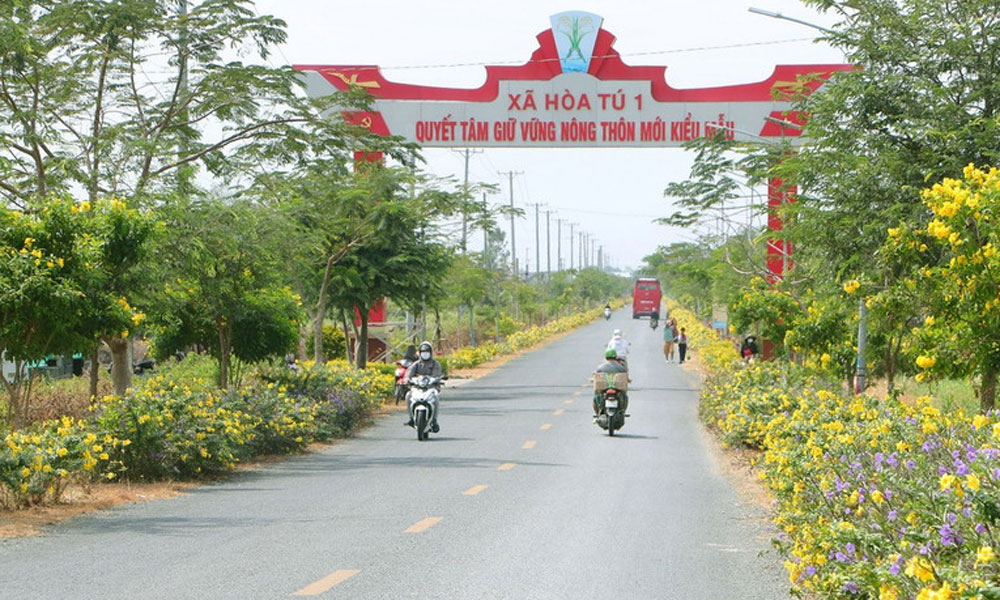Nine new bird species discovered in Dakrong Nature Reserve
The addition of nine new species not only expands the biodiversity database but also highlights the effectiveness of applying science and technology in biodiversity monitoring. This provides an important basis for developing strategies to conserve, restore, and sustainably manage the special-use forest ecosystem.
A recent biodiversity survey carried out through camera trapping and digital photography has discovered nine additional bird species, including two rare ones in the Dakrong Nature Reserve, according to the Nam Quang Tri Special-Use Forest Management Board.
 |
|
Yeng is found in Dakrong Nature Reserve. |
The newly recorded species include the Bach thanh duoi dai (Lanius schach), Canh cach nui (Ixos mcclellandii), Chao mao tai trang (Pycnonotus taivanus), Chich choe than (Oriental Magpie-Robin), Chim xanh lon (Chloropsis cochinchinensis), Du di phuong Dong (Ketupa zeylonensis orientalis), Hoa mi dat may trang (White-browed Scimitar Babbler), Nhan rung tran trang (Artamus superciliosus), and Yeng (Gracula religiosa).
These species hold high conservation value and play an important role in maintaining ecological balance in the forests. Notably, Ketupa zeylonensis orientalis and Gracula religiosa are classified as rare species.
According to the Management Board, Dakrong Nature Reserve previously recorded 201 bird species across 43 families.
The addition of nine new species not only expands the biodiversity database but also highlights the effectiveness of applying science and technology in biodiversity monitoring.
This provides an important basis for developing strategies to conserve, restore, and sustainably manage the special-use forest ecosystem.
Located in the central province of Quang Tri, Dakrong Nature Reserve is one of Vietnam’s four endemic bird areas and forms part of the Central Truong Son forest ecosystem.
The reserve is home to 1,576 plant species, 97 mammal species, 201 bird species, and 49 reptile and amphibian species, many of which are listed in the Vietnam Red Data Book and the International Union for Conservation of Nature (IUCN) Red List.
 Bắc Ninh
Bắc Ninh










Reader's comments (0)